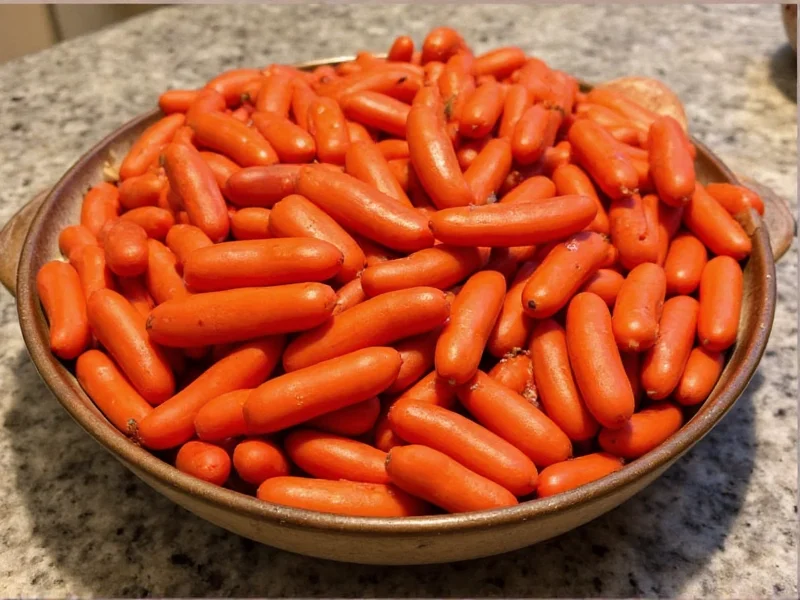Understanding the Pizza Beans Confusion
When users search for what are pizza beans, they're typically encountering a linguistic mix-up rather than discovering a genuine food category. The culinary world doesn't recognize "pizza beans" as an authentic ingredient. Let's clarify the most probable sources of this confusion:
Pinto Beans vs. Pizza Beans
The most common explanation involves pinto beans, a popular bean variety in Mexican and Southwestern cuisine. When spoken quickly, "pinto beans" can sound like "pizza beans" to unfamiliar ears. Pinto beans occasionally appear as toppings on:
- Tex-Mex style pizzas
- Fusion cuisine creations
- Vegan or vegetarian pizza alternatives
- Regional pizza variations in border communities
Pizza Bianca Misinterpretation
Another possibility involves pizza bianca, the Italian term for "white pizza" (a pizza without tomato sauce). Non-Italian speakers might mishear "bianca" as "beans," creating the false impression of "pizza beans."
| Term | Actual Meaning | Common Confusion |
|---|---|---|
| Pizza beans | Not a recognized culinary term | Mishearing of pinto beans or pizza bianca |
| Pinto beans | Speckled brown beans used in Mexican cuisine | "Pinto" misheard as "pizza" |
| Pizza bianca | Italian white pizza (no tomato sauce) | "Bianca" misheard as "beans" |
Beans Actually Used in Pizza Recipes
While what are pizza beans yields no legitimate answer, several bean varieties do appear in creative pizza applications:
Cannellini Beans on White Pizza
Creamy cannellini beans work well on pizza bianca topped with garlic, rosemary, and olive oil. Their mild flavor complements the absence of tomato sauce in traditional white pizza recipes.
Black Beans in Fusion Cuisine
Some modern pizzerias incorporate black beans into:
- Mexican-inspired pizzas with corn and jalapeños
- Vegan protein-packed pizza options
- Breakfast pizza variations with eggs
Why the Pizza Beans Myth Persists
This culinary misconception continues circulating due to several factors:
- Viral social media posts sharing "unique" pizza toppings
- Auto-correct errors changing "pinto" to "pizza" in messages
- Regional dialect differences affecting pronunciation
- Marketing gimmicks from novelty food companies
Practical Advice for Pizza Enthusiasts
If you're searching what are pizza beans because you want bean toppings, consider these evidence-based recommendations:
Proper Bean Preparation for Pizza
Beans require specific preparation to work well on pizza:
- Thoroughly dry cooked beans to prevent sogginess
- Lightly roast before adding to concentrated flavor
- Add late in baking to maintain texture
- Pair with complementary ingredients like feta cheese or roasted vegetables
Authentic Pizza Topping Guidelines
Traditional pizza experts recommend:
- Limiting wet ingredients that create steam pockets
- Maintaining ingredient balance (the "less is more" principle)
- Considering regional authenticity when experimenting
- Respecting the structural integrity of the pizza base
When Culinary Terms Get Confused
Misunderstandings like what are pizza beans happen frequently in food culture. Similar examples include:
- "Spaghetti squash" mistaken for a pasta variety
- "Eggplant" leading to confusion about poultry products
- "Chicken of the woods" mushroom misinterpreted literally
These linguistic mix-ups demonstrate how food terminology evolves through cultural exchange, sometimes creating temporary confusion before settling into common understanding.











 浙公网安备
33010002000092号
浙公网安备
33010002000092号 浙B2-20120091-4
浙B2-20120091-4